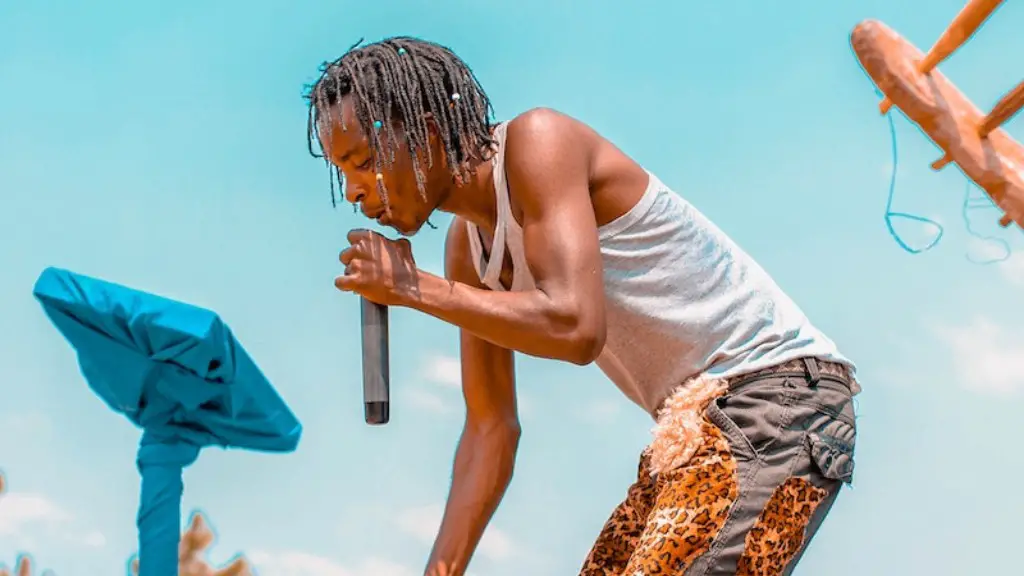Drawing Animal Legs
Have you ever wanted to draw lifelike animal legs? People often find it difficult to draw an animal’s legs since they are so intricate and complicated. But, with the right knowledge and a few key techniques, you can easily draw animal legs that look amazing!
First thing first: Don’t get discouraged if you don’t get it right away. Drawing animals takes practice, as it’s an incredibly complex task. So take your time and be patient with yourself. Begin with basic animals and then build up to more complicated ones with time.
To start, you’ll want to research the various kinds of animal leg shapes, angles, and joint positions. Since there is a huge variety of animal legs, this is essential in order to create realistic legs for your animal. You should also pay attention to proportion and size. This will give your animal legs a balanced appearance.
Next, you’ll need to nail the shading and highlights. Pay close attention to the fur and how the light affects the legs. Adding a few delicate lines for the fur can really bring an animal’s legs to life. But beware of over doing it, as too much shading can pass them from presentable to cartoonish!
When it comes to using pens and markers, you should look for pens and markers that have a brush-tip. This will help you create the fine details that are necessary for a realistic animal leg. You should also practice inking lightly and gradually building up in layers. This will help you avoid any unnecessary messes or smudges.
Finally, to create a better sense of depth and dimension, it helps to add some shadows in strategic places. Try to imagine the light coming from a source and see how it causes shadows on the animal’s legs – and where the shadows should go. This will create depth and, ultimately, a much more realistic animal leg.
Paws and Scales
When it comes to drawing paws, don’t give up if your first try ends up looking a bit strange. Instead, figure out what went wrong and try a different way. If you’re new to drawing animal’s legs, then start off with cats and dogs. They usually have a more simple paw structure than most other animals. To create realistic paws, give attention to the placement of the toes and keep them consistent.
To draw scales, you want to add detailing that suggests the animal’s skin is textured. A few well-placed lines will do the trick. Keep in mind the shape you drew and where the scales should be placed. You can also make them subtle with a few lines instead of color or just add a light shading overall to create a realistic look.
Hooves and Claws
Working on hooves can be tricky, but once you master the basic shapes, you’ll be able to draw them with ease. To draw a realistic hoof, start with a simple triangle shape and then add shading and texture in the right places. If you’re drawing with pencil and paper, use gradual strokes and keep your lines close together.
Drawing claws may look difficult but with a bit of practice, you’ll be able to draw them with confidence. Start off with abstract shapes, then add the details to create a realistic claw. Make sure to add scale details and shadows, to give the claws a realistic look.
Remember, the more detailed you make the claw, the more realistic it will look. It may take time, but with enough practice, you’ll be able to draw claws that seem to literally jump off the page!
Limbs and Joints
When drawing an animal’s limbs, you’ll want to think about the animal’s posture. What position is it in? Is it standing, walking, or running? All of these positions will affect how the legs and joints of the animal should look. To start, draw a stick figure and rough out the main lines and curves of the animal from its head to its toes.
Once you’ve created the basic structure, it’s time to add the joints. This can be a little tricky, as the proportions of the joints are very important for realism. Remember that for larger animals, the joints should be bigger, but for smaller animals, the joints should be small with more delicate lines.
To create a realistic leg, make sure to understand how the muscle would articulate and attach to the joint. This will help make the leg have realistic proportions, as well as lend a sense of weight to the animal’s limbs.
Hair and Feathers
Whether you’re drawing fur, hair, or feathers, you’ll need to understand the fundamentals of texture and shading. Start by drawing a basic outline, then add the texture and shading. Make sure to focus on the hair length and direction. Taking time here will help to make your animal look much more realistic.
When it comes to feathers, you’ll need to give attention to the shape and size of them. While each feather will vary, certain features can be emphasized for realism. If the feather looks too “bald,” try to add more individual feathers to give it shape.
Additionally, if the feathers look too simple, you can darken certain areas to give the feather dimension. Pay attention to the direction of the feather and how it’s curved. This will help bring more details into the feather.
With these key techniques, you can easily draw realistic animal legs that have depth and depth and life. Don’t forget to take your time and practice until you have the technique down pat. Good luck!
